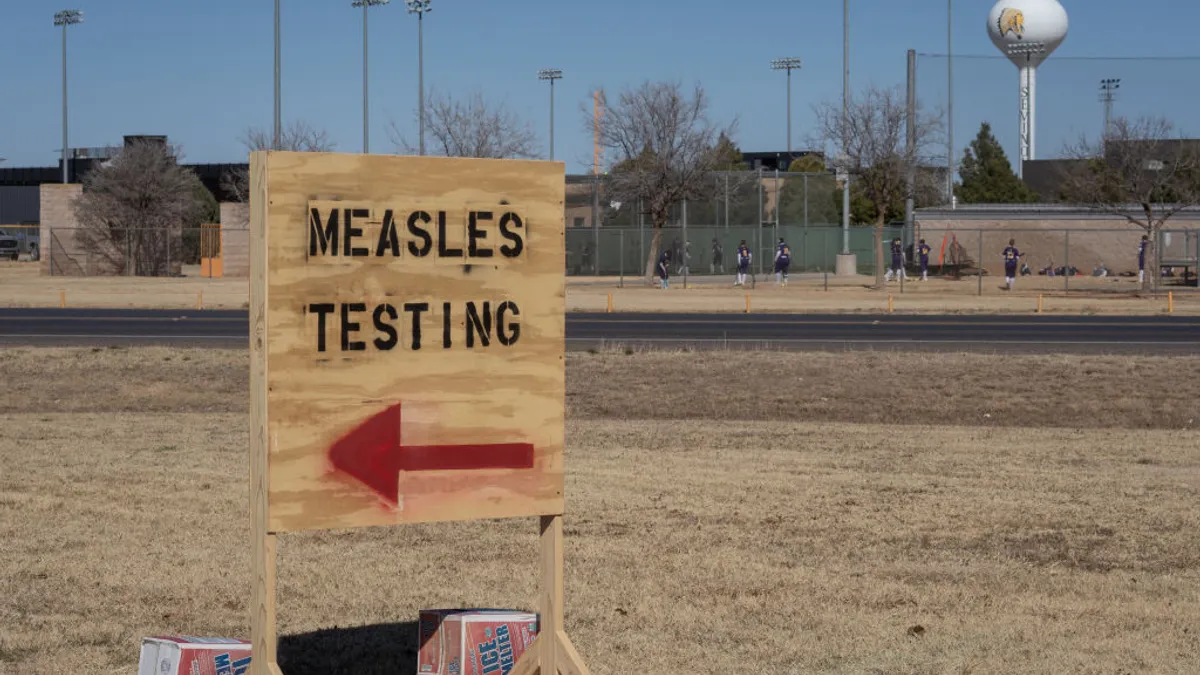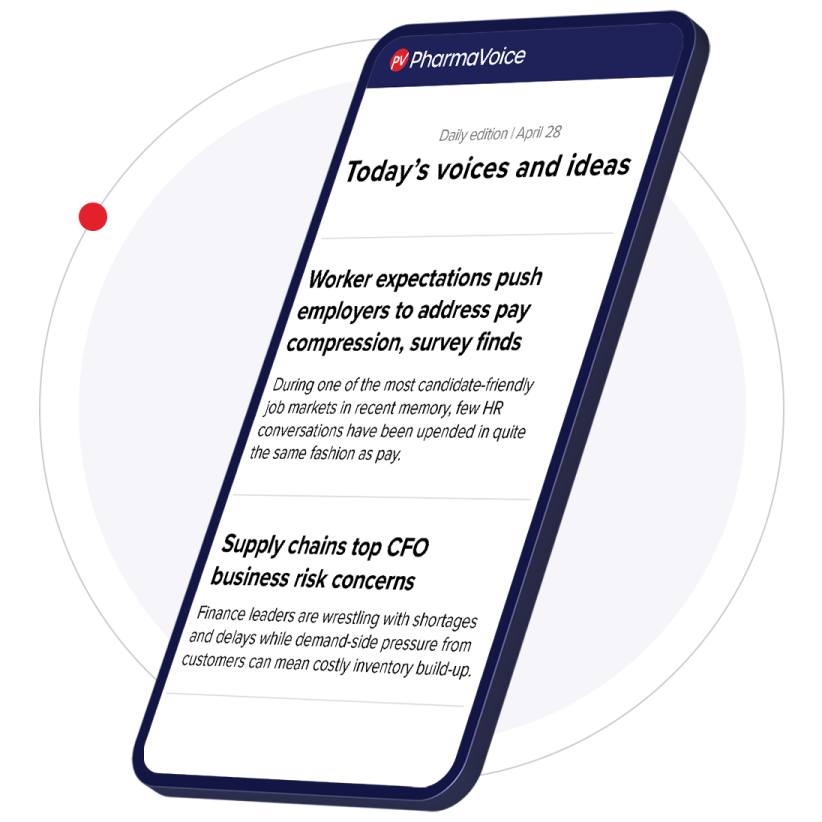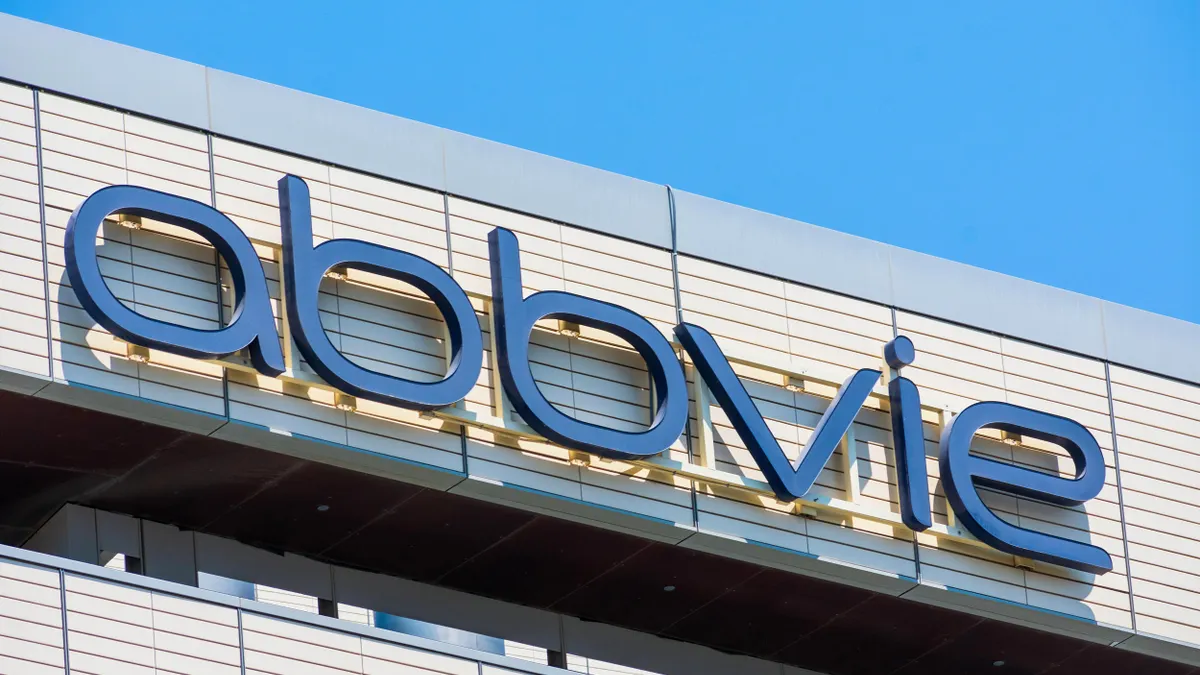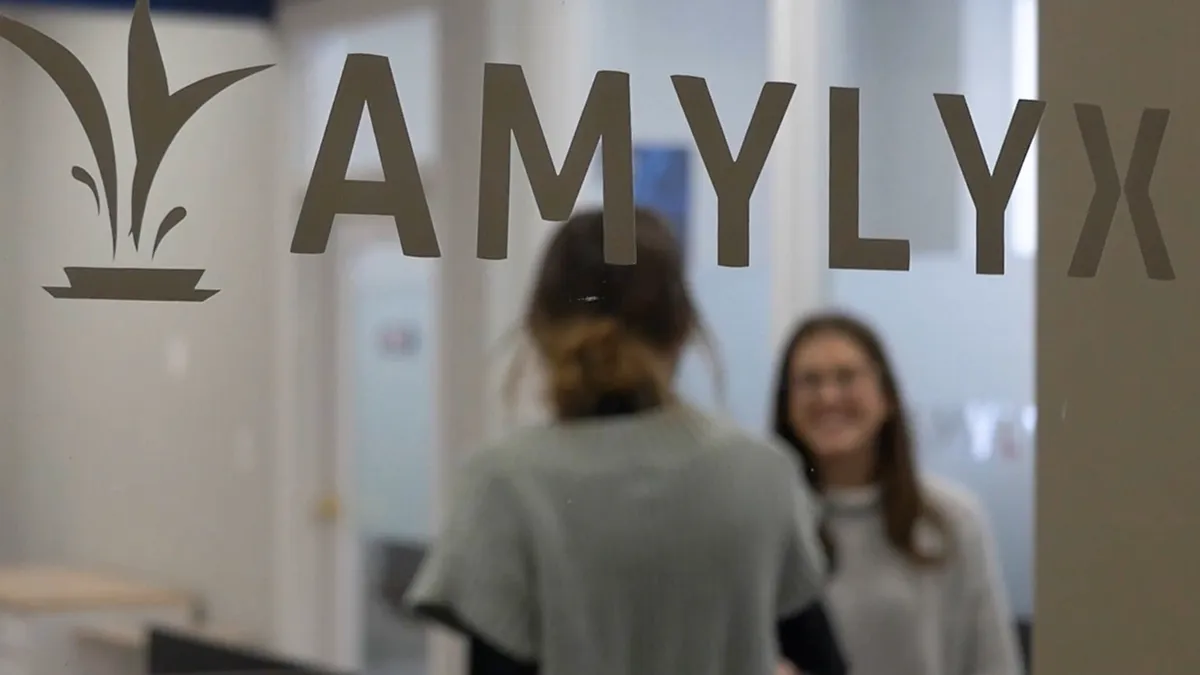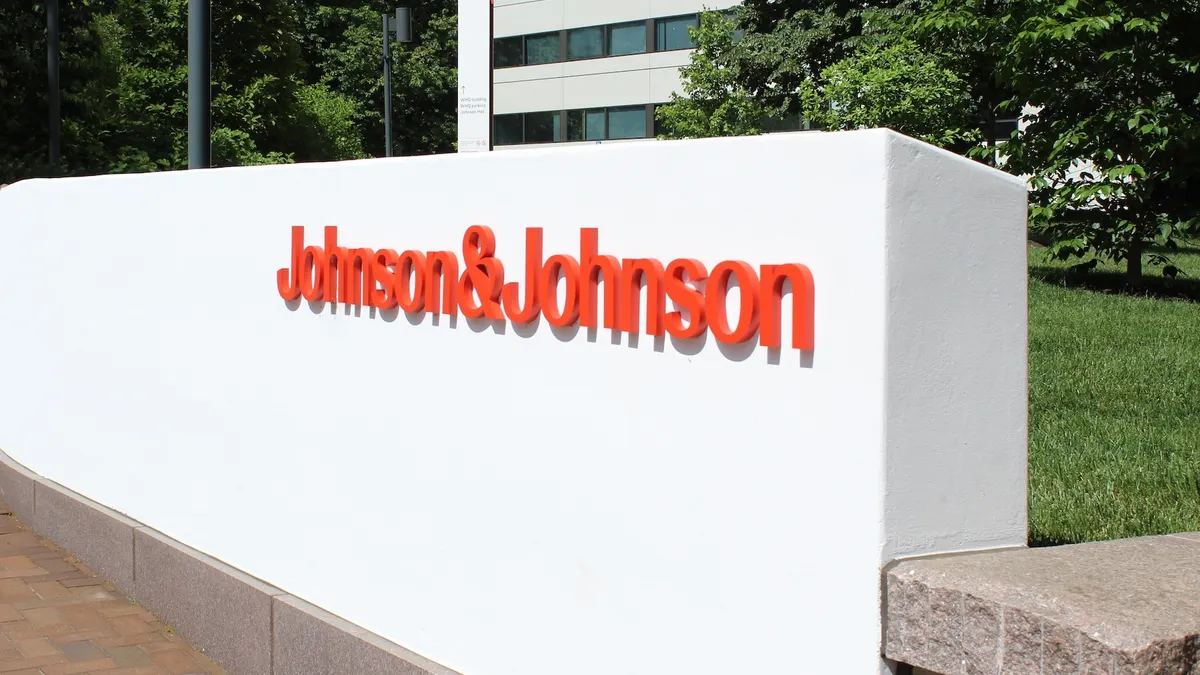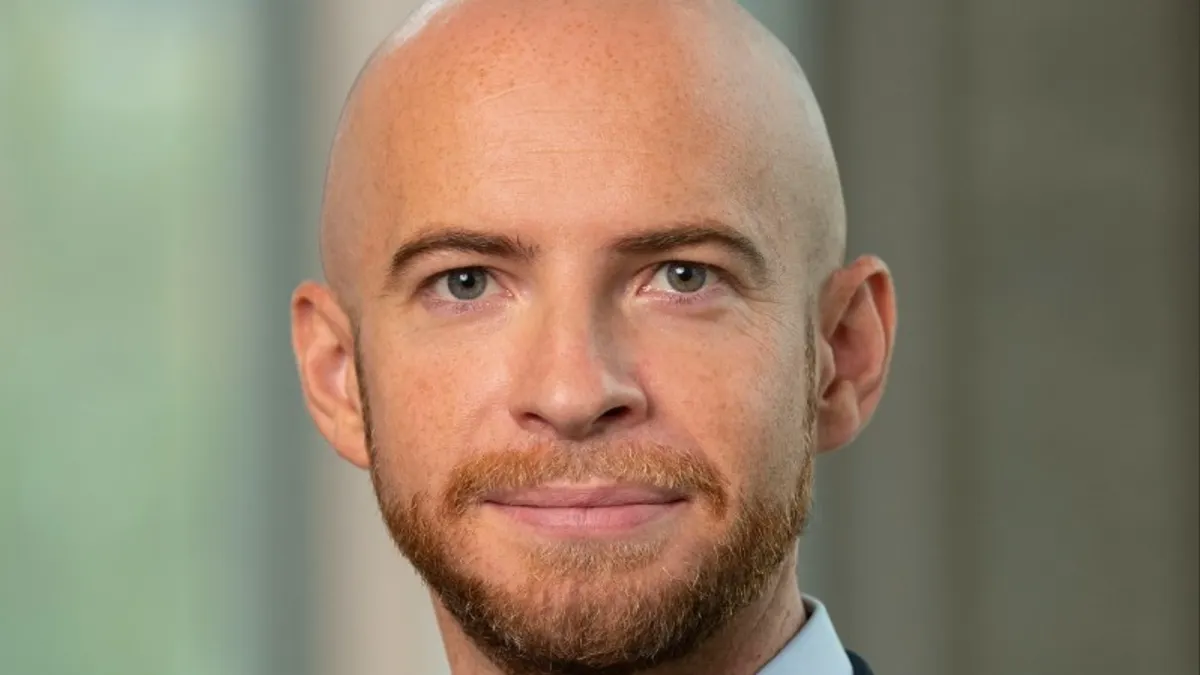Decades after fading into obscurity in the U.S., the measles virus is surging once again.
The CDC has logged 1,288 cases and 27 outbreaks across the country so far this year, putting the spread on track to potentially surpass the last one-year high of 2,126 cases in 1992.
Infections are still far below historic pre-vaccine levels, but three people have died from the virus this year.
In the decades before immunization was possible, 3 million to 4 million Americans were infected with measles each year. After vaccines hit the market in the 1960s, cases and deaths plummeted, and the virus was declared “eliminated” in 2000.
Now, Americans who haven’t gotten the jab are suffering the most from the current outbreak. According to the CDC, 92% of measles cases this year had an “unvaccinated or unknown” status.
Two highly effective measles shots are available in the U.S., but HHS Secretary Robert F. Kennedy Jr. has been uneven in his support for immunizations. In May, Kennedy directed the CDC to explore alternative treatments for the virus, including existing drugs. The nation’s top health leader has also taken flak for supporting unproven therapies such as vitamin A and cod liver oil in interviews.
What does pharma have in the pipeline for new treatments?
With measles under control for decades, there’s been little momentum to develop new therapies. In fact, just one preclinical compound targeting measles was in development as of December, according to an infectious disease pipeline analysis conducted by Intrepid Alliance, a biopharma consortium focused on antivirals.
But with no specific treatment on the market for measles — and cases rising — drugmakers have seen an opportunity to make a move.
Here’s a look at some recent developments on the treatment R&D front for measles.
Emerging measles therapies
Invivyd announced in May a new discovery program for a monoclonal antibody that could potentially treat measles or provide post-exposure protection against the virus.
“With over 20 million unvaccinated Americans in the U.S., and hundreds of millions globally, the burden of measles is high and poised to get worse. There is a huge need for effective treatments,” Dr. Michael Mina, previously a professor of epidemiology and immunology at Harvard University School of Public Health, said in an Invivyd press release.
The company scored an emergency use authorization last year for its COVID-19 mAb Pemgarda, a pre-exposure prophylaxis targeting immunocompromised adults who can’t receive a vaccine. But the FDA rejected a bid to expand Pemgarda’s EUA earlier this year as a treatment for mild-to-moderate COVID. And with Pemgarda’s sales of $25 million last year falling well below earlier estimates of $150 to $200 million, the company is still looking to prove that mAbs could play a starring role in the fight against infectious diseases.
Invivyd is now developing a next-generation COVID mAb, which demonstrated efficacy rates that “eclipse” approved vaccines in early trials, Invivyd reported last month. The biotech is also in early discovery for an influenza candidate and said the company’s technology capabilities will be an “excellent fit” for developing an effective therapy for measles.
NanoViricides is also throwing its hat into the measles development ring with the belief that nanomedicine could offer an effective fix.
The clinical-stage company announced in April that it’s exploring the use of its broad-spectrum antiviral candidate NV-387 for measles through lab tests that could support a future IND application.
The treatment, which is being developed for a wide range of viruses, passed phase 1 trials with no adverse events and potentially higher efficacy than approved drugs for influenza, COVID and more, the company stated. And its preclinical effectiveness against RSV in particular could make it effective against measles.
“NV-387 was found to cure lethal RSV infection in an animal model. Measles virus is related to RSV, and both use the heparan sulfate proteoglycan for infection,” the company stated. “This provides strong rationale for use of NV-387 to combat measles virus.”
New measles R&D is also emerging from the academic realm.
Vanderbilt University Medical Center announced this week that it’s teaming up with Parse Biosciences to develop a single-cell “atlas” that could identify new antibody treatments for measles, mumps and rubella.
The goal is to sequence more than 10 million cells to better understand the “diversity of plasmablasts — early immune cell clonotypes critical in the formation of neutralizing antibodies — for measles, mumps and rubella.”
“By sequencing and mapping tens of millions of B cell receptors, we can uncover the most potent antibody lineages, accelerating antibody discovery and informing vaccine design,” Dr. James Crowe, director of Vanderbilt's Center for Antibody Therapeutics, said in a statement. “These insights give us a critical edge in responding to both emerging infectious threats and optimizing existing immunization strategies."


